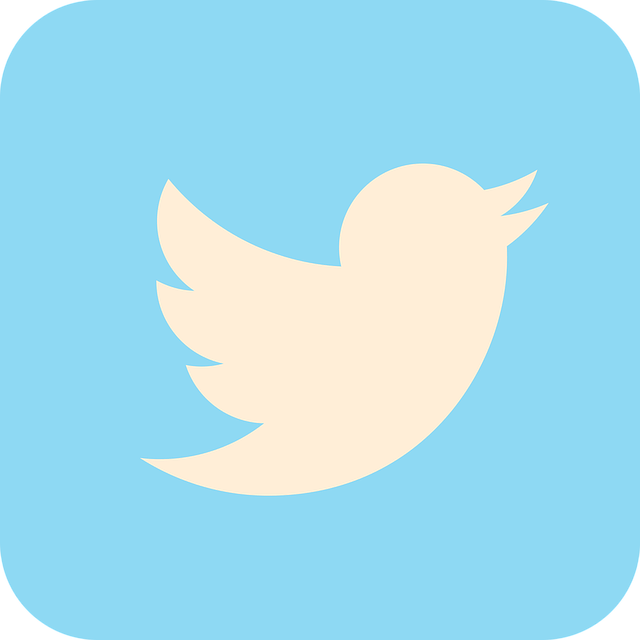Powerful Sales Follow-Up Tips to Help You Close More Deals – In sales, the follow-up process is just as important as the initial pitch. Many deals fall through simply because there wasn’t enough persistence, or the timing of the follow-up was off. Mastering the art of following up can significantly boost your success rate in closing deals. Whether you’re selling a product or a service, these follow-up strategies will help you stay top of mind for your prospects and ultimately increase your chances of turning leads into loyal customers.
Let’s explore seven powerful follow-up tips that can help you close more deals.
1. Follow Up Promptly
Time is of the essence when it comes to sales follow-ups. Once you’ve had an initial conversation or sent a proposal, don’t wait too long to reach out again. Prospects are often considering multiple options, and a delay in your follow-up can make them move forward with someone else.
A prompt follow-up shows that you’re serious and proactive. After sending a proposal or having a meeting, follow up within 24 to 48 hours to keep the conversation fresh and show your eagerness.
How to follow up promptly:
- Send a short, friendly email or message thanking the prospect for their time.
- Briefly remind them of key points from your last conversation and mention the next steps.
- Be respectful of their time, but show that you are ready to take action.
2. Personalize Your Follow-Up
Generic follow-ups are a big turnoff for prospects. Personalization is key to building rapport and showing that you’re genuinely interested in meeting their specific needs. Skip generic check-ins; mention specifics from your last interaction instead.
Did they mention a pain point you can solve? Did you discuss a particular feature of your product that they were interested in? Bringing up these details demonstrates that you’re paying attention and that your follow-up isn’t just about closing the deal — it’s about meeting their needs.
How to personalize your follow-up:
- Reference details from your previous conversation (e.g., a problem they want to solve).
- Share additional resources or insights that might be useful based on their specific situation.
- Show empathy and understanding for their business challenges.
3. Provide Value
Provide something of value. Prospects don’t want to feel like they’re being pestered just for a sale; they want to know how you can help them. This could be as simple as providing more information, answering questions, or offering a solution they hadn’t considered.
For example, after an initial meeting, you might send a follow-up email with a case study or a whitepaper that aligns with the challenges they mentioned. Or you could provide a free demo to show them how your product works in real-world scenarios. The more value you provide, the more trust you build with your prospect.
How to offer value:
- Share relevant case studies, articles, or tips that address their specific pain points.
- Offer to answer any further questions or provide a demo to clarify how your solution works.
- Follow up with new industry trends or solutions that could benefit their business.
4. Use Multiple Communication Channels
Relying on just one communication channel for your follow-ups can limit your success. People have different preferences for how they like to communicate, and some channels may work better than others depending on the person.
For instance, if your emails go unanswered, try giving them a call, sending a LinkedIn message, or even a direct mail piece (for a creative touch). You never know which method will catch their attention, so experimenting with different communication channels can improve your chances of getting a response.
How to diversify communication:
- Send follow-up emails, but don’t be afraid to make a phone call for a more personal touch.
- Engage with prospects on social media, especially if they are active on platforms like LinkedIn.
- Use text messaging or other informal methods if appropriate, but ensure it aligns with the professional tone of the relationship.
5. Be Persistent Without Being Pushy
The goal is to remain top of mind without making the prospect feel pressured. The key to this balance is to space out your follow-ups and maintain a professional yet friendly tone in each communication.
Experts recommend making between 5 and 7 follow-up attempts before deciding whether to persist with the lead or move on to the next one. However, how you space out those follow-ups is critical. You don’t want to come across as desperate, but rather as genuinely interested in helping them make the best decision.
How to stay persistent without overdoing it:
- Follow up within 1-2 days initially, then gradually extend the time between follow-ups.
- Be respectful of their time and acknowledge that they may need more time to make a decision.
- Keep the tone positive and solution-oriented, avoiding any pressure or urgency.
6. Clear Steps
When following up, one of the most effective ways to keep the momentum going is to suggest clear next steps. Vague follow-ups can leave prospects unsure about how to move forward, leading to delays or a lack of response. Instead, always provide a specific call to action in your follow-up messages.
For example, you can suggest scheduling a follow-up meeting, sending over a proposal for review, or arranging a product demo. By setting a clear next step, you guide the prospect toward making a decision and help them understand what to expect next in the process.
How to set clear next steps:
- Propose a time for a follow-up meeting or demo and offer a few date options.
- Let them know what information you need from them to move forward with the deal.
- Clearly outline the process of closing the deal, including what happens after they decide to move forward.
7. Know When to Walk Away
While persistence is important, knowing when to stop is just as crucial. Not every lead will convert, and chasing uninterested prospects can be a waste of time and energy. If after multiple follow-ups you’re still not getting any traction, it may be time to cut your losses and move on to warmer leads.
However, this doesn’t mean you should burn bridges. When ending your follow-up efforts, do so politely and professionally, leaving the door open for future conversations. Sometimes, a prospect simply isn’t ready to buy right now but could be in the future.
How to gracefully walk away:
- Send a polite final follow-up acknowledging that now might not be the right time but offering to reconnect when the situation changes.
- Keep their contact information in your CRM for future follow-ups or nurturing campaigns.
- Wish them the best and thank them for considering your offer.
Conclusion
Mastering sales follow-ups requires a mix of timing, personalization, and persistence. By following these seven tips, you can create a follow-up strategy that not only keeps you top of mind but also builds trust and provides value to your prospects. Remember, the key to closing more deals is not just in making the initial pitch but in how well you follow up. With a clear, thoughtful approach, you’ll find yourself closing more deals and building stronger relationships with your customers.






